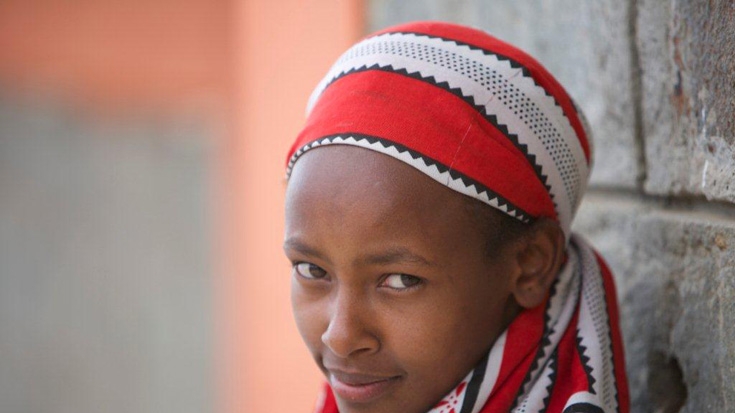The new strategy comes at a critical time, as Kenya is implementing an ambitious devolution program which holds strong potential to lift millions out of poverty by increasing equity in distribution of opportunities, as well as improving service delivery at local levels.
“This is a special time in Kenya, especially as the government moves to decentralize more power and public services to local communities,” said Diariétou Gaye, World Bank Country Director for Kenya. “We have a unique opportunity to help Kenya create jobs, build infrastructure, and to lift millions of its citizens out of poverty over the long term and ensure that they share in the country’s growing prosperity.”
Strong performance is a key goal of the Bank Group’s strategic partnership with Kenya. While it is the largest and most diversified economy in East Africa, Kenya’s average growth rate of 4.6% in the past decade has been low relative to its peers in the region and throughout Africa. The low growth rate has limited the country’s ability to significantly reduce poverty and inequality, reflected in wide disparities in opportunities and outcomes between regions, gender and the growing youth population.
The strategy will support Kenya’s progression to a modern, middle-income country in the next decade, with a target growth rate of 10% or more, by investing in drivers of growth that will contribute to expansion of the private sector, create jobs and improve equity. These include emerging sectors such as petroleum and natural resources.
“Inclusive growth requires job creation through a dynamic private sector,” said Cheikh Oumar Seydi, IFC’s Director for Eastern and Southern Africa. “Under the strategy we aim to expand our support for strong businesses in an increasingly competitive economy.”
The strategy will also deepen collaboration of the Bank, International Finance Corporation (IFC), and Multilateral Investment Guarantee Agency (MIGA) in leveraging private resources for innovative financing for infrastructure, including public-private partnerships in energy, water and transport.
“MIGA will continue to scale up its support in the energy sector, and will help mobilize sustainable private investments that support job creation,” said Michel Wormser, MIGA Vice President and Chief Operating Officer.
The new strategy, developed in close consultation with the Kenya government, benefited from substantial feedback from extensive consultations countrywide with national and county governments, the private sector, civil society organizations and other development partners.
It is formulated around three priorities:
- Improving the economy’s competitiveness and sustainability to support rapid growth over a decade or more
- Promoting protection and potential to ensure all groups share in advancing prosperity and helping the vulnerable to develop their potential
- Building consistency and equity, centered on devolution, to ensure effective transfer of resources and governance to the 47 new counties and to improve service delivery and opportunities for the ordinary people in these areas.
Strategic Alignment
The new strategy will support the government’s Vision 2030, which envisages a sustained, inclusive growth to end extreme poverty and improve opportunities for all—in line with the World Bank Group’s twin goals of ending extreme poverty and promoting shared prosperity. Its priorities include investing in people to improve their skills, health and living standards, and integrating good governance in development programs to improve the rule of law, transparency and accountability.
The World Bank is supporting these priorities through its financial, technical and knowledge instruments to increase investments in quality infrastructure, improved health, education, social protection and other programs that have high potential to increase economic opportunities and lower inequality.
Addressing infrastructure deficit
Infrastructure and logistics are the backbone of Kenya’s long term growth. The government’s Medium Term Expenditure (MTP II) envisages investments of over $43 billion in infrastructure—transport, energy and water. While increasing its support to these areas, the Bank Group is scaling up its engagement in the energy sector as an early priority to improve business competitiveness and increase productivity.
MIGA, IFC and International Development Association (IDA) have supported the private sector through innovate financing and partial risk guarantees to create new power supply to help reduce the critical energy deficit, which continues to constrain doing business in Kenya. The Bank Group will scale up these instruments to help Kenya add 2,300 megawatts of installed capacity from diversified energy sources. It is also helping Kenya benefit from regional power pool trading.
The World Bank Group’s commitment will remain critical to enabling Kenya to achieve rapid growth to strengthen its position as the driving force for regional competitiveness and growth in the East African Community.

